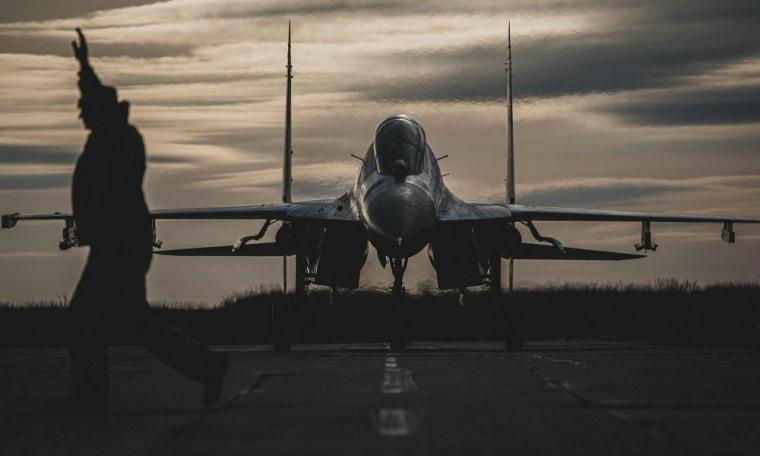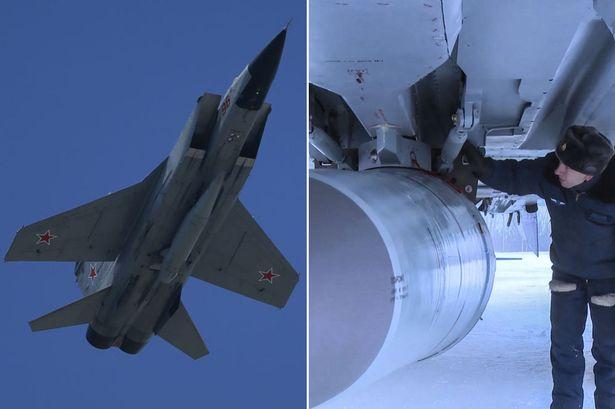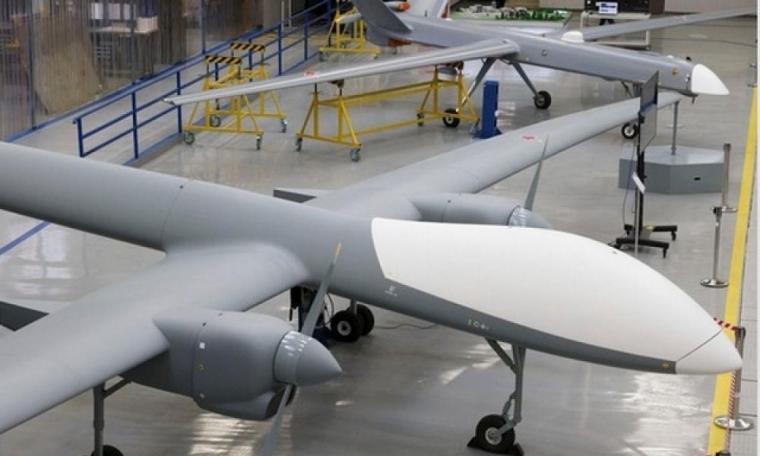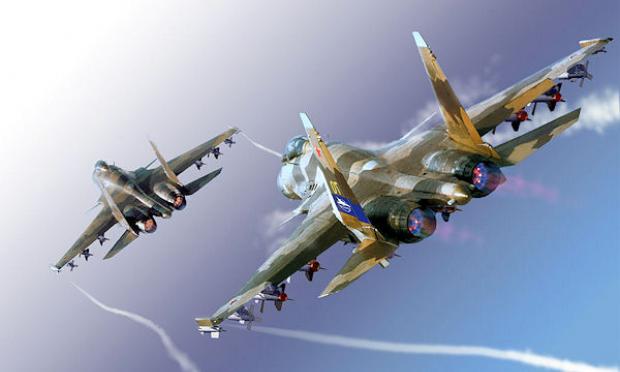Russia's Air Force has denied air superiority in Ukrainian skies to Kiev's air defense systems, more than a year into the war. Russian fighter jets continue to attack far from Ukrainian airspace, fearing that their advanced and expensive aircraft will be shot down.
If Ukraine's stockpile of air defense missiles dwindles, the course of the war may tilt in Moscow's favor. This could be a particularly critical blow as Russian troops continue to launch massive missile and UAV attacks on Ukrainian cities every few days, forcing the Ukrainian military to strike a balance between the need to protect its most important assets, including its people, frontline troops and vital infrastructure.

Change of tactics
Fighters of the Russian Aerospace Forces (RuAF) have recently changed tactics and adopted a more aggressive operational posture than in the past.
According to Alexei Dmitrovsky, head of the joint press center of Ukraine's Tauride Directorate, unlike in the past when RuAF fighters flew solo air defense patrols, now there is a combination of fighters. "Yesterday there was teamwork: two planes distracted our air defense forces and the third plane hit," he says.
The tactics used by RuAF fighters for air dominance are as follows:
Russian top-line fighters, such as the Su-35S and Su-30SM, conduct dominance air patrols in designated sectors covering the entire front line. Occasionally, the MiG-31 BM also flies such patrols.
These fighters are armed with air-to-air (A2A) missiles or a combination of A2A and anti-radiation missiles (ARM). The ARM is used to knock out any Ukrainian AD radar that starts transmitting, to track RuAF aircraft.
In air dominance missions, typically:
1) The MiG-31BM is equipped with 2 RVV-BD long-range A2A missiles under the fuselage and 2 RVV-SD medium-range A2A missiles under the wings.
2) Su-35S/Su-30SM is equipped with 2 RVV-BD, 2 RVV-SD and 1 Kh-31 ARM.
RuAF fighters fly patrols away from Ukrainian AD systems and provide defensive cover to Russian bombers (Su-34), attack fighters (Su-30SM, Su-25) and attack helicopters (Mi-28, Mi-35, Ka -52).
The fighters also prevent Ukrainian attack aircraft (MiG-29, Su-25 & Su-24) from attacking Russian troops along the front line.

The deadly Kh-31P ARM
The ability of the Russian Kh-31P ARM to destroy any Ukrainian AD radar activated to guide Ukrainian AD missiles is a critical component of Russian air dominance tactics.
The Kh-31P is designed to destroy medium- and long-range SAM system radars, air operations control radars and early warning radars. It is improved to actively hit (radiate) enemy radars.
If "locked" by an adversary radar, the Kh-31P performs a 10g pull maneuver to break the lock.
Russian pilots refer to the Kh-31PD as "Supersonic Death", claiming that the missile is practically invulnerable to enemy air defenses due to its high speed and counterattack capabilities. Russia claims a 98% success rate with the Kh-31PD, in several dozen launches against Ukraine.
The reason RuAF fighters remain out of range of Ukrainian AD systems despite the Kh-31P is because using real-time targeting information from the US/NATO AWACS (Airborne Warning & Control System), Ukrainian missiles can often target Russian fighters without activating search radars, putting RuAF fighters and pilots at risk.

According to a Ukrainian official, RuAF fighters are no longer out of range of Ukrainian AD systems. They are entering disputed airspace, to provoke Ukrainian AD attacks and thereby locate Ukrainian AD systems for the attack. In other words, they accept increased risk with the aim of destroying Ukrainian AD systems.
Using glide bombs
The RuAF earlier introduced glide bombs such as the UPAB-1500B, PBK-500U Drel and Grom (Thunder) in its air campaign against Ukrainian forces. These bombs have a standoff range of about 60 km and contain between 500 kg and 1500 kg of explosives. The massive explosion of these bombs overshadows any navigational inaccuracies.
We have also reported that Russia is to operationally deploy the LO Sirius (Inokhodets-RU) heavy attack drone along the Ukrainian battlefront. These drones are capable of dropping 100kg precision bombs from long distances.
It is clear that the RuAF is tightening the noose around Ukrainian forces through a very well-calibrated shift from a defensive to an offensive posture along the battlefront.

It is possible that previous attacks on infrastructure using precision cruise missiles did not adversely affect Ukraine's combat capability on the battlefront to the extent that Russia had hoped.
A steady flow of US/NATO arms and ammunition, as well as electricity generation and grid equipment, prevented the weakening of Ukrainian forces. As a result, Russia has now resorted to pounding Ukrainian forces with heavy and accurate air-delivered bombs.



